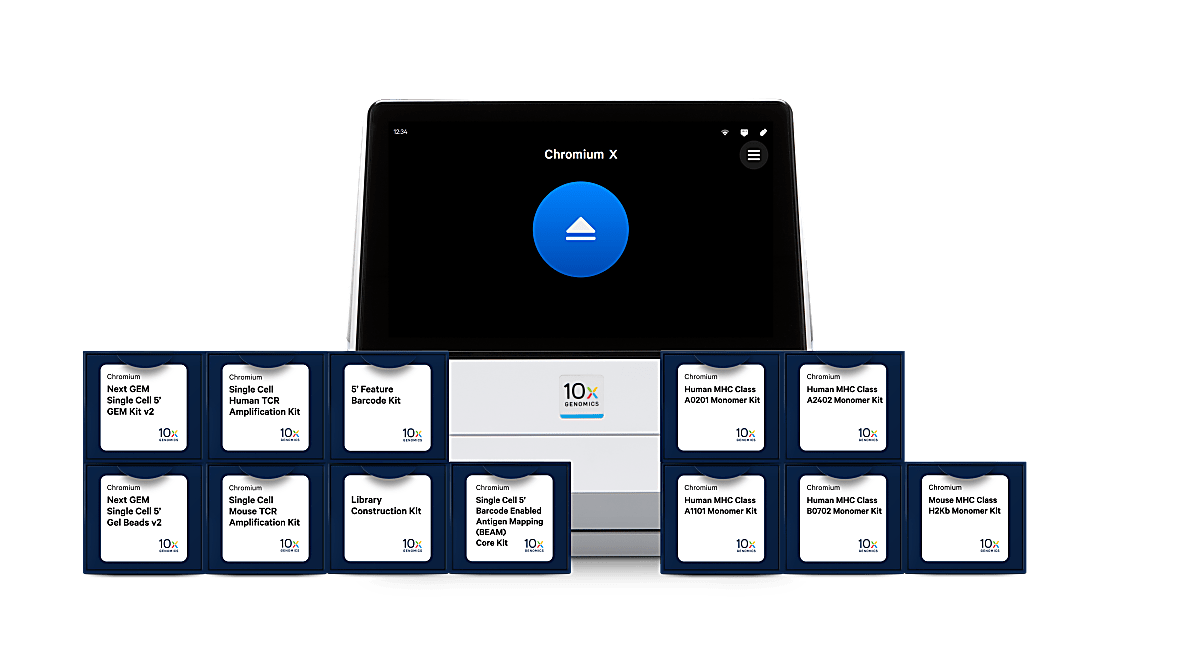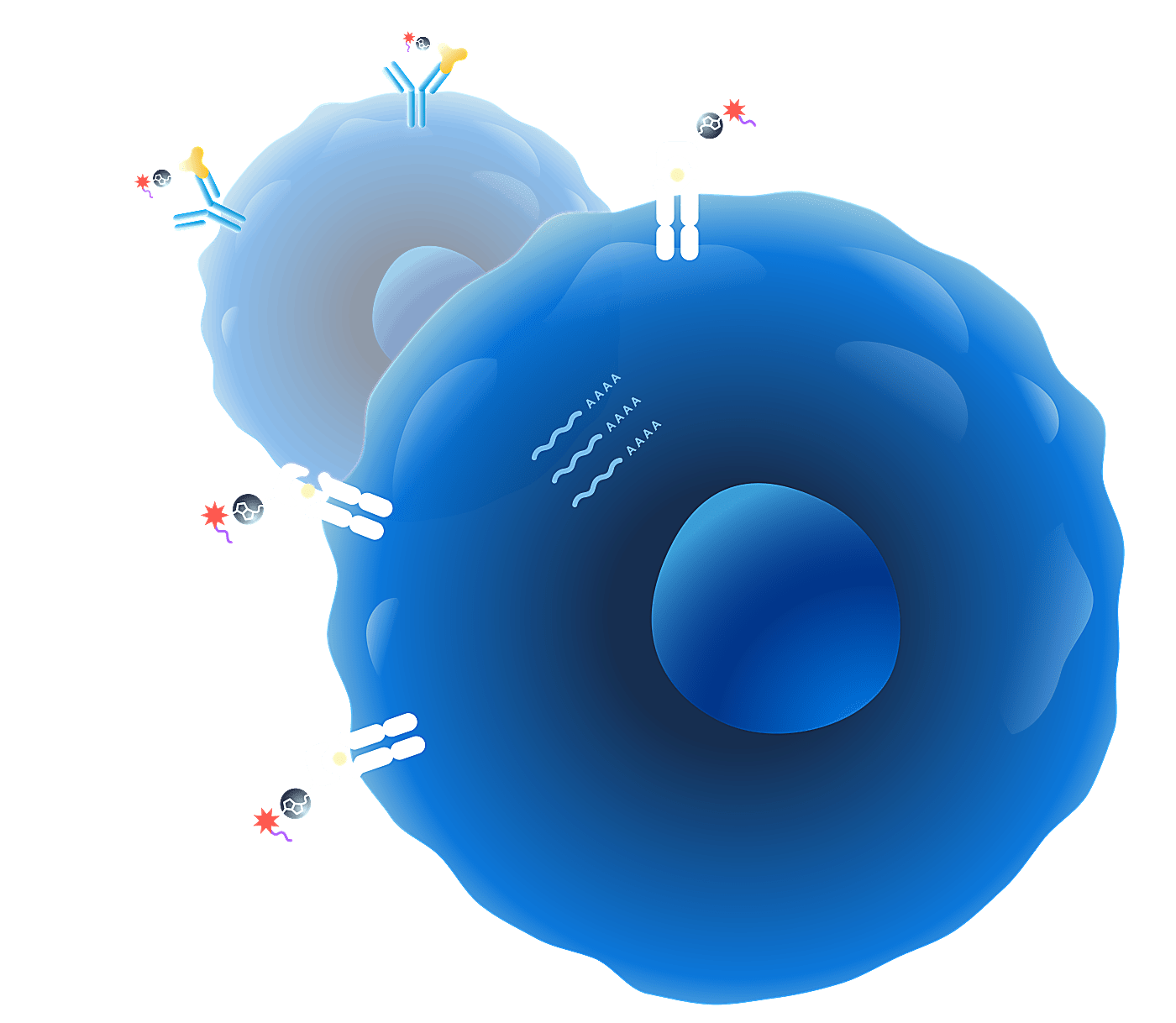Resources:
Multiplexed antigen screening
Screen binding specificities of up to 15 antigens against hundreds of thousands of T and B cells in a single, streamlined experiment.
Rapid discovery
Go from sample to hundreds of high-quality antigen-specific hits in less than a week with an optimized workflow.
Flexible sample input
Compatible with multiple sample input types, including PBMCs, splenocytes, lymph node aspirates, and enriched B or T cells.
Actionable insights
Match functional immune receptor sequences with their putative antigens based on antigen specificity.
Single integrated workflow
Get started quickly with an end-to-end, kitted solution, including reagents and sample prep guidance.
Streamlined data analysis
Explore antigen–clonotype relationships and visualize repertoire diversity, clonal expansion, and more.
Fast track B- and T-cell discovery
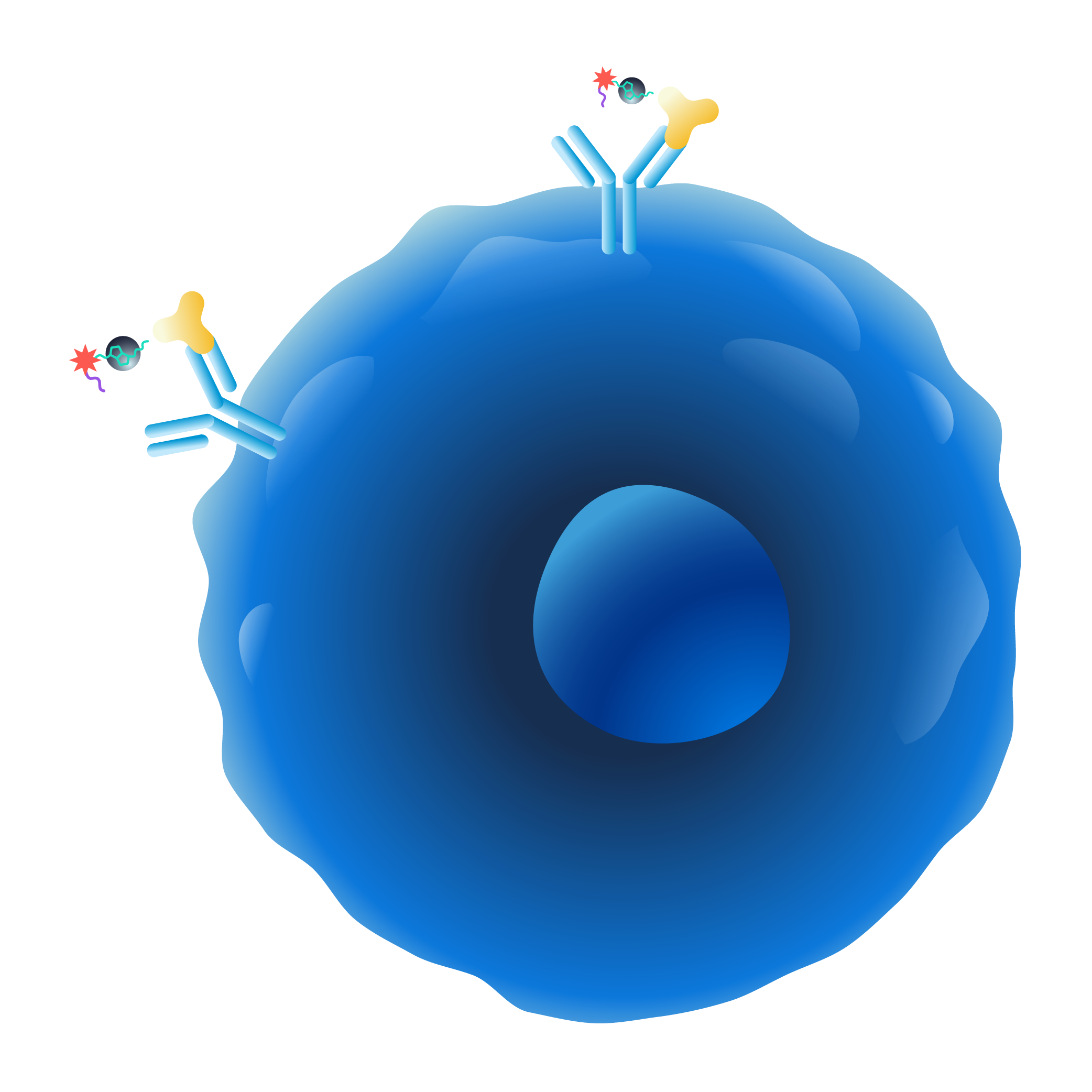
BEAM-Ab
Transform antibody discovery with the fastest hit generation workflow, powered by multiplexed antigen screening against thousands of single B cells.
- Go from sample to high-quality antibody hits in under a week
- Screen up to 15 antigens in parallel to generate tens to hundreds of hits per sample
- Easily identify the ideal antibody candidates for downstream validation
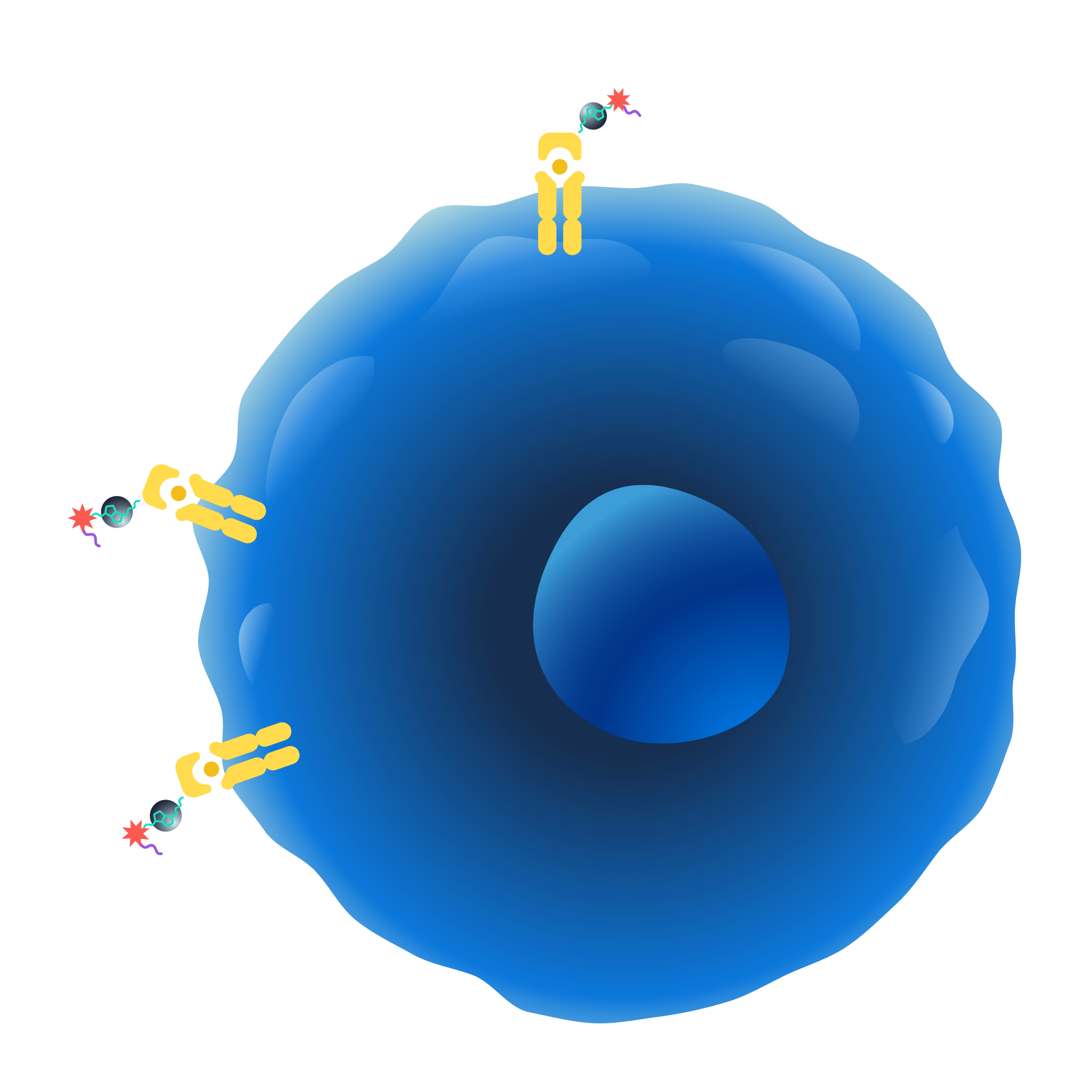
BEAM-T
Antigen-specific T cells don't have to be hard to find anymore. Map antigens to T-cell receptors with off-the-shelf ease and unparalleled cellular characterization.
- Leverage kitted, custom loadable MHC monomers to prepare peptide-MHC complexes in minutes
- Design and source peptides from any vendor for maximum flexibility
- Detect rare and/or therapeutically relevant TCR clonotypes with gene expression at single cell resolution
BEAM Resources
Learn more about Single Cell 5' Barcode Enabled Antigen Mapping.
View allExplore our videos on Barcode Enabled Antigen Mapping
View allFast track antigen-specific B- and T-cell discovery
Fast track antigen-specific B- and T-cell discovery
Flyer, 10x Genomics
Flyer, 10x Genomics
Multiplexed antigen screening for rapid B- and T-cell clonotype discovery
Multiplexed antigen screening for rapid B- and T-cell clonotype discovery
Product Sheet, 10x Genomics
Product Sheet, 10x Genomics
Barcode Enabled Antigen Mapping (BEAM) enables next-generation systems immunology analysis of the post-COVID-19 immune landscape
Barcode Enabled Antigen Mapping (BEAM) enables next-generation systems immunology analysis of the post-COVID-19 immune landscape
Poster, 10x Genomics
Poster, 10x Genomics
BEAM Resources
Resources
Learn more about Single Cell 5' Barcode Enabled Antigen Mapping.
Fast track antigen-specific B- and T-cell discovery
Fast track antigen-specific B- and T-cell discovery
Flyer, 10x Genomics
Flyer, 10x Genomics
Multiplexed antigen screening for rapid B- and T-cell clonotype discovery
Multiplexed antigen screening for rapid B- and T-cell clonotype discovery
Product Sheet, 10x Genomics
Product Sheet, 10x Genomics
Barcode Enabled Antigen Mapping (BEAM) enables next-generation systems immunology analysis of the post-COVID-19 immune landscape
Barcode Enabled Antigen Mapping (BEAM) enables next-generation systems immunology analysis of the post-COVID-19 immune landscape
Poster, 10x Genomics
Poster, 10x Genomics
Our end-to-end solution
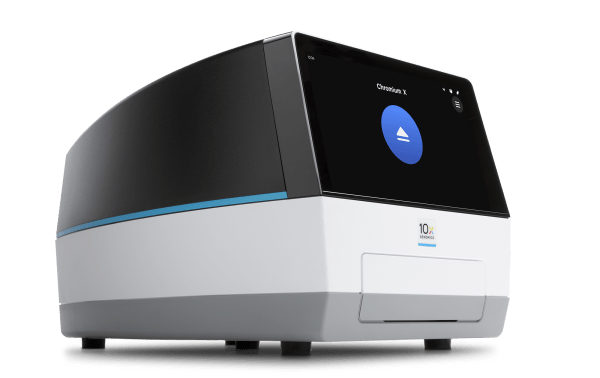
Chromium instrument with Next GEM technology
Our scalable instrument
Our compact instrument
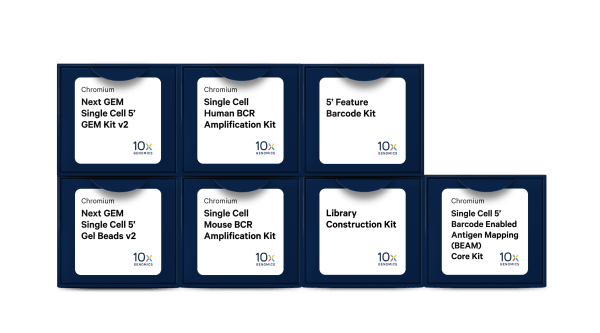
Chromium Single Cell 5' Barcode Enabled Antigen Mapping reagents
With our reagent kits, explore the functional adaptive immune repertoire with a readout of antigen-receptor specificity, full-length paired BCR and TCR sequences, 5' mRNA, and cell surface proteins at single cell resolution.
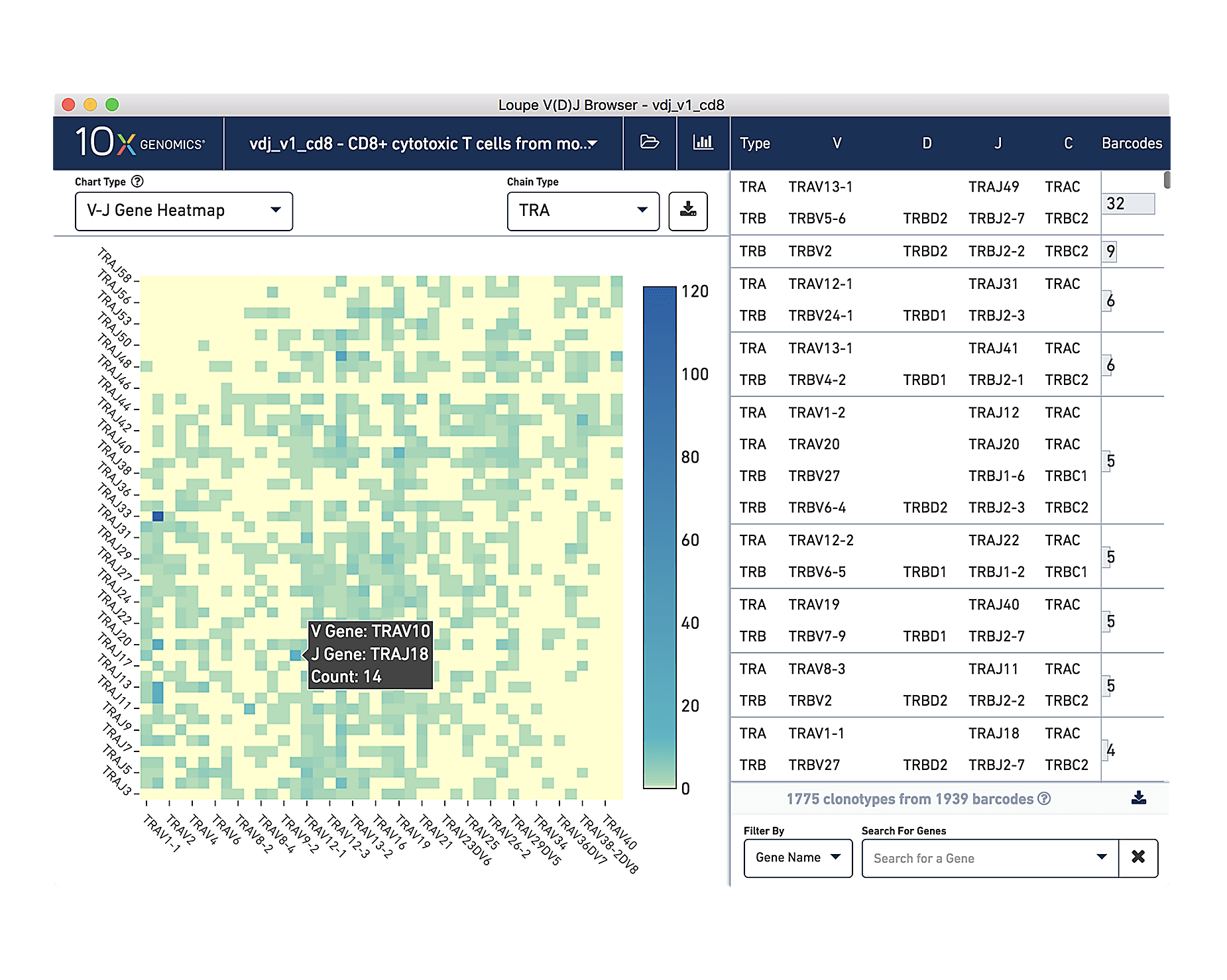
Analysis and visualization software
Our data processing platform
Our analysis pipelines
Our expert support team can be contacted by phone or email at support@10xgenomics.com

World-class technical and customer support
Our expert support team can be contacted by phone or email.
Workflow
- 1
Prepare your sample
Label your cells with barcoded antigen assemblies as recommended in the sample prep user guide. Antigen-specific cell populations can be enriched through flow sorting. Compatible cell suspensions include samples from PBMCs, B cells, T cells, mouse splenocytes, and more.
Resources - 2
Construct your 10x library
Construct 10x barcoded libraries using our reagent kits and a compatible Chromium instrument. Each member of the Chromium instrument family encapsulates each cell with a 10x barcoded Gel Bead in a single partition. Within the nanoliter-scale partitions, cells undergo reverse transcription to generate cDNA, which shares a 10x Barcode with all cDNA from its individual cell of origin.
Resources - 3
Sequence
The resulting 10x barcoded libraries are compatible with standard NGS short-read sequencing on Illumina sequencers for immune and transcriptional profiling of thousands of individual cells.
Resources - 4
Analyze your data
Convert raw sequencing data to biologically meaningful insights with Cell Ranger. Cell Ranger processes data from gene expression, paired immune receptor repertoire sequences, cell surface proteins, and antigen specificities.
Analysis pipelines output
Output includes QC information and files that can be easily used for further analysis in our Loupe Browser visualization software, or third-party R or Python tools.
Resources - 5
Visualize your data
Use our Loupe V(D)J Browser software to define and compare cell types based on different marker types.
Do I need to be a bioinformatician to use it?
Loupe V(D)J Browser is a point-and-click software that’s easy for anyone to download and use.
Resources
Frequently asked questions
Yes. BEAM is integrated seamlessly into the Chromium Single Cell Immune Profiling workflow, allowing you to screen BCRs/TCRs against putative antigens in conjunction with V(D)J sequencing, gene expression, and cell surface protein expression at single cell resolution. Therefore, the assay provides access to full-length, paired immune receptor sequences from antigen-specific clonotypes.
You can multiplex up to 15 antigens per sample for the BEAM workflow. User-supplied antigens must be biotinylated before assembly with 10x Genomics barcoded BEAM Conjugates. These uniquely barcoded BEAM reagent assemblies are then used to label B and T cells.
Most multimer assays are fluorescence-based, meaning that the multimer molecules are tagged with a fluorescent marker that can then be used for sorting antigen-specific cells. These kinds of studies can provide information about the number of antigen-specific cells in a cell population. With BEAM, you can get this information as well as full-length, paired V(D)J sequences of antigen-specific receptors alongside whole transcriptome gene expression data at the single cell level. Together, this data provides complete cellular profiles of antigen-specific clonotypes and deeper insights into the immune response.
Because antigen-specific populations are rare, we recommend sorting for antigen-positive cells prior to 10x Genomics library preparation. However, the decision to sort ultimately depends on the goals of your experiment.
BEAM offers ready-to-use, empty-loadable MHC Class 1 Monomer Kits for the following human HLA and mouse H2k alleles:
Chromium Human MHC Class I A0201 Monomer Kit
Chromium Human MHC Class I A1101 Monomer Kit
Chromium Human MHC Class I A2402 Monomer Kit
Chromium Human MHC Class I B0702 Monomer Kit
Chromium Mouse MHC Class I H2Kb Monomer Kit
The BEAM workflow has diverse sample type compatibility, including PBMCs, splenocytes, lymph node aspirates, and enriched B or T cells.
